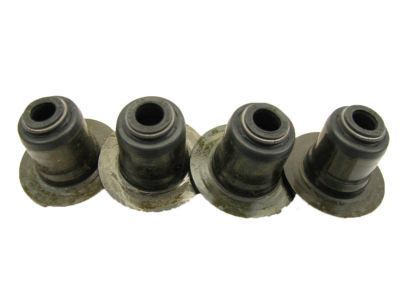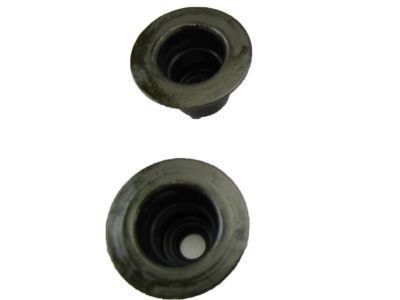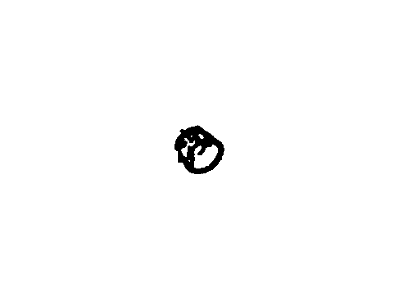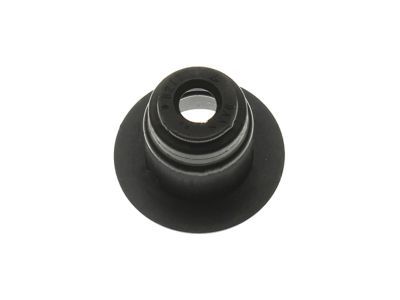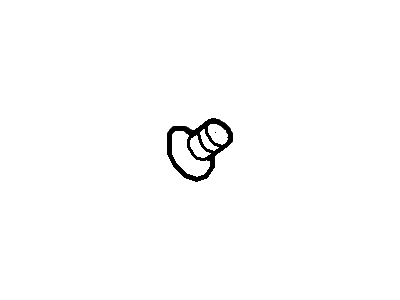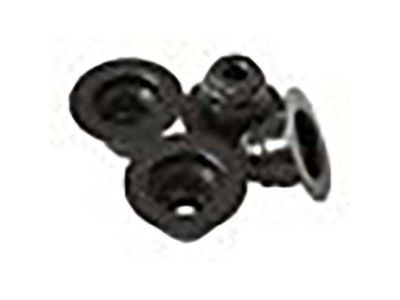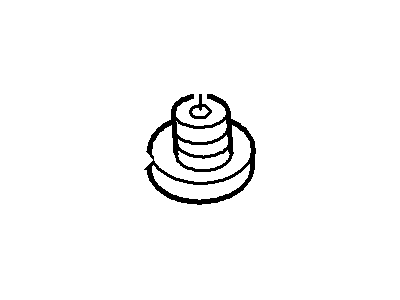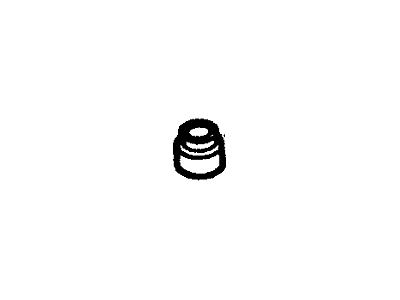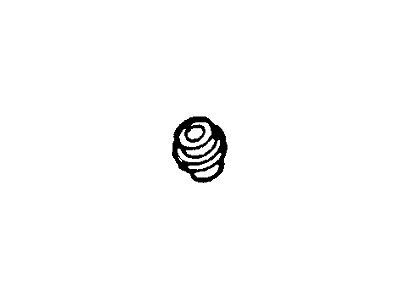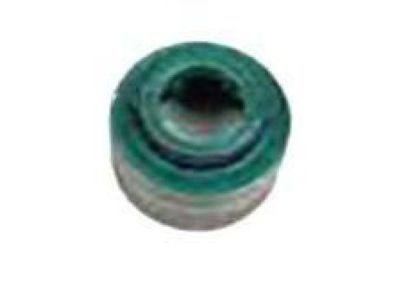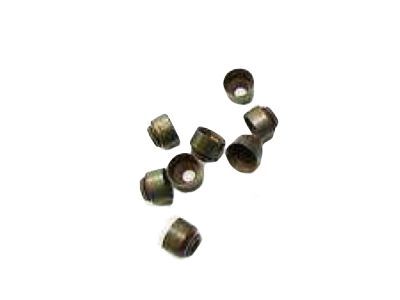

My Garage
My Account
Cart
Genuine Mercury Grand Marquis Valve Stem Seal
Engine Valve Seal- Select Vehicle by Model
- Select Vehicle by VIN
Select Vehicle by Model
orMake
Model
Year
Select Vehicle by VIN
For the most accurate results, select vehicle by your VIN (Vehicle Identification Number).
14 Valve Stem Seals found
Mercury Grand Marquis Seal - Valve Stem
Part Number: F4AZ-6571-A$7.24 MSRP: $10.31You Save: $3.07 (30%)Ships in 1-3 Business DaysMercury Grand Marquis Seal - Valve Stem
Part Number: F6AZ-6571-AA$2.26 MSRP: $3.22You Save: $0.96 (30%)Ships in 1-3 Business DaysMercury Grand Marquis Seal - Valve Stem
Part Number: F5LY-6571-A$2.47 MSRP: $3.51You Save: $1.04 (30%)Ships in 1-3 Business DaysMercury Grand Marquis Seal - Valve Stem
Part Number: E7ZZ-6571-A$13.73 MSRP: $18.75You Save: $5.02 (27%)Mercury Grand Marquis Seal - Valve Stem
Part Number: E8AZ-6571-A$13.73 MSRP: $18.75You Save: $5.02 (27%)Mercury Grand Marquis Seal - Valve Stem
Part Number: F2TZ-6571-A$13.73 MSRP: $18.75You Save: $5.02 (27%)Mercury Grand Marquis Seal - Valve Stem
Part Number: E6TZ-6571-A$1.43 MSRP: $2.03You Save: $0.60 (30%)
Mercury Grand Marquis Valve Stem Seal
We provide a wide range of Mercury Grand Marquis Valve Stem Seal at the best prices possible. If you need Mercury Grand Marquis Valve Stem Seal, you can shop with confidence on our website. All our OEM parts come with a manufacturer's warranty and are delivered to your door step with a fast delivery service.
Mercury Grand Marquis Valve Stem Seal Parts Questions & Experts Answers
- Q: Can broken valve springs or defective valve stem seals be replaced without removing the cylinder heads in 4.6L V8 engine on Mercury Grand Marquis?A:Damage to the valve springs and worn value stem seals can be done without removing the cylinder heads by two techniques. The manufacturer-recommended method allows for the removal of the valve springs and seals without taking out the camshafts, requiring two special tools: a valve spring spacer: T91P-6565-AH, and a valve spring compressor: T91P-6565-A which are manufactured especially for overhead cam engines. With the help of the camshaft, the compressor pushes down over the spring freeing the tension exerted on the cam follower and to prevent the spring from over compressing which may result in the damage of the valve stem seal there is the spacer. The second technique needs the withdrawal of the camshaft and even though it can yield good results, it uses a more readily accessible probe. In either case a compressed air source is often required or a piece of nylon line can be left in the cylinder to stop the valves falling in. Anything that involves taking off the valve cover, or removing the spark plugs or the crank to set the piston at the top of its compressional cycle at Top Dead Center is, in fact, a process of removal. Whenever machining a cylinder barrel, the air hose adapter which is threaded into the spark plug hole is used to hold the valves by application of compressed air. In the absence of compressed air, a long nylon rope may be inserted into the combustion chamber. One of the miracles of motor vehicles should be to stuff the shop rags into the cylinder head holes so that the parts do not fall in. The three hole spacer and the valve spring compressor are used in order to remove the camshaft roller follower, keepers, spring retainer and finally the valve spring. The valve stem seal is then pulled out and if air pressure do not retain the valve closed then additional repair work may be required. The camshaft and roller followers are then un- screwed out; then the valve spring compressor is fitted. When the spring has been compressed, the keepers, spring retainer, and valve spring are taken out; at the same time the stem seal is removed. During installation there is usually a rubber band or tape winding round the valve stem so that it cannot fall after sometime and to retain the valve in its closed position air pressure is red applied. The valve stem is lubricated and a new seal is put in place after which the spring and a retainer are put in place. Some of the keepers are located in the groove and the pressure on the spring tool is reduced so that it can snap back to make contact with the keepers. Last of all, the air hose connection is removed and the adapter is withdrawn, and if ever the camshaft was retrieved, it is then reinserted. Spark plugs are then replaced and the rest of the procedures are reverse of the removal process, the engine is then cranked and checked for oil leakages and unusual noises.
Related Mercury Grand Marquis Parts
Browse by Year
2011 Valve Stem Seal 2010 Valve Stem Seal 2009 Valve Stem Seal 2008 Valve Stem Seal 2007 Valve Stem Seal 2006 Valve Stem Seal 2005 Valve Stem Seal 2004 Valve Stem Seal 2003 Valve Stem Seal 2002 Valve Stem Seal 2001 Valve Stem Seal 2000 Valve Stem Seal 1999 Valve Stem Seal 1998 Valve Stem Seal 1997 Valve Stem Seal 1996 Valve Stem Seal 1995 Valve Stem Seal 1994 Valve Stem Seal 1993 Valve Stem Seal 1992 Valve Stem Seal 1991 Valve Stem Seal 1990 Valve Stem Seal 1989 Valve Stem Seal 1988 Valve Stem Seal 1987 Valve Stem Seal 1986 Valve Stem Seal 1985 Valve Stem Seal 1984 Valve Stem Seal 1983 Valve Stem Seal 1982 Valve Stem Seal 1981 Valve Stem Seal 1980 Valve Stem Seal
